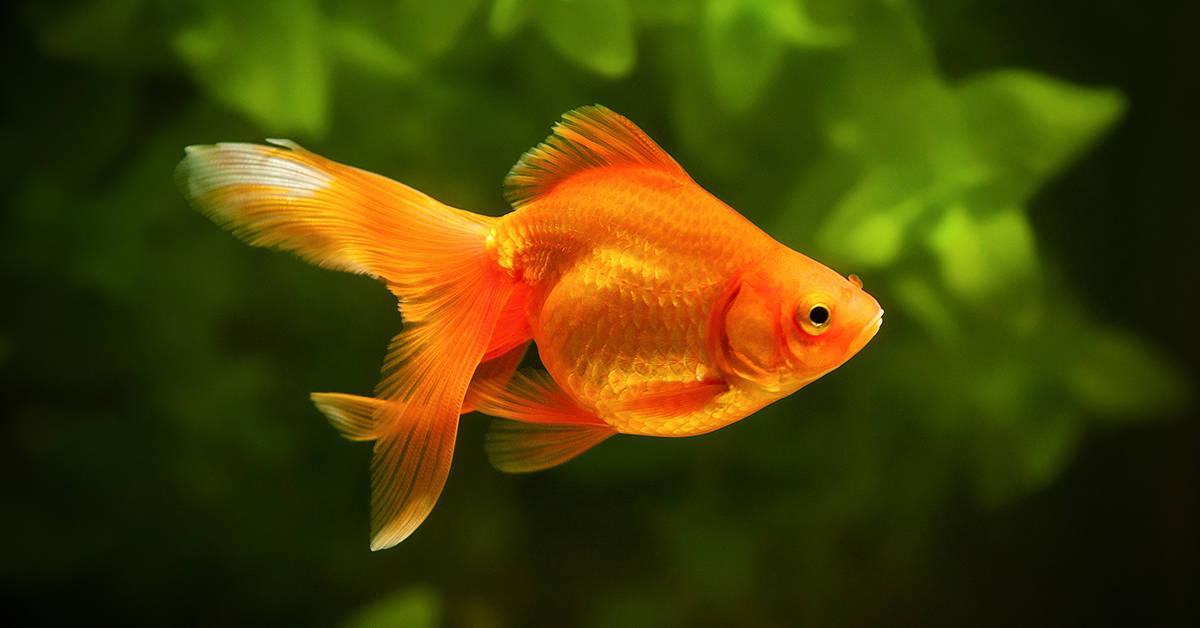
Goldfish are among the most beloved and recognizable pet fish in the world, cherished for their vibrant colors, unique varieties, and relatively easy care requirements. However, there's a significant difference between keeping a goldfish alive and helping it thrive. Contrary to popular belief, goldfish aren't just simple starter pets—they're intelligent creatures that can live for 10-20 years with proper care. This comprehensive guide will walk you through everything you need to know about goldfish care, from tank setup to nutrition, helping you provide the best environment for your aquatic companions.
Understanding Goldfish: More Than Just a Bowl
Goldfish (Carassius auratus) have been domesticated for over 1,000 years, originally bred in China for their ornamental value. Despite the common misconception that they can live in small bowls, goldfish need substantial space to grow and thrive. These fish continue growing throughout their lives and can reach 8-12 inches in length, depending on the variety.
There are two main goldfish types to consider when planning your setup:
Fancy goldfish: These include varieties like Orandas, Ryukins, and Bubble Eyes, which have rounder bodies and elaborate features. They typically need at least 20 gallons for the first fish and 10 additional gallons for each additional fish.
Common goldfish: These include Common, Comet, and Shubunkin varieties, which have streamlined bodies and grow larger. They ideally need pond environments but require at least 30-40 gallons per fish in aquariums.
Essential Tank Setup for Healthy Goldfish
Tank Size Matters
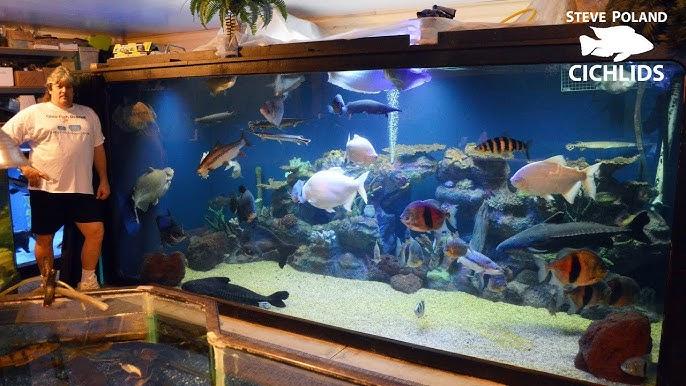
The old "one inch of fish per gallon" rule doesn't apply to goldfish due to their growth potential and the significant bioload they produce. For beginners, start with:
A minimum 20-30 gallon tank for a single fancy goldfish
At least 30-40 gallons for a single common goldfish
Add 10-20 gallons per additional fish
Remember, bigger is always better when it comes to goldfish tanks. A properly sized tank will reduce maintenance frequency and provide a healthier environment.
Filtration: The Heart of Your Aquarium

Goldfish are messy eaters and produce significant waste, making powerful filtration essential. Your filtration system should:
Turn over the water volume at least 5-10 times per hour
Include mechanical, biological, and chemical filtration components
Be sized for at least double your tank's volume (if the filter says it's for 30 gallons, it's probably adequate for a 15-gallon goldfish tank)
Popular options include hang-on-back filters, canister filters, and sponge filters (used in combination with other types for goldfish).
Water Parameters and Conditioning
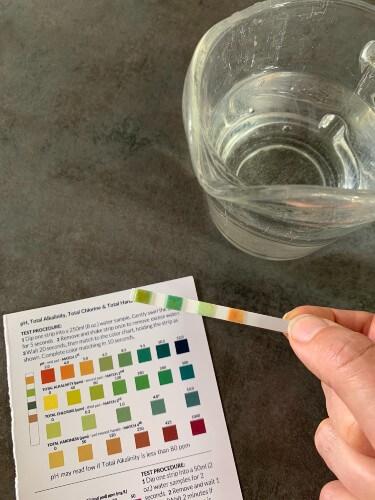
Goldfish are hardy but still need appropriate water conditions:
Temperature: 65-74°F (18-23°C) is ideal
pH: 7.0-8.4 (slightly alkaline)
Ammonia and nitrite: Always 0 ppm
Nitrate: Below 40 ppm, ideally below 20 ppm
Water hardness: Moderately hard water is preferred
Always treat tap water with a quality water conditioner to remove chlorine and chloramines before adding it to your tank. Performing regular water tests is crucial for maintaining water quality.
Cycling Your Tank: The Essential First Step
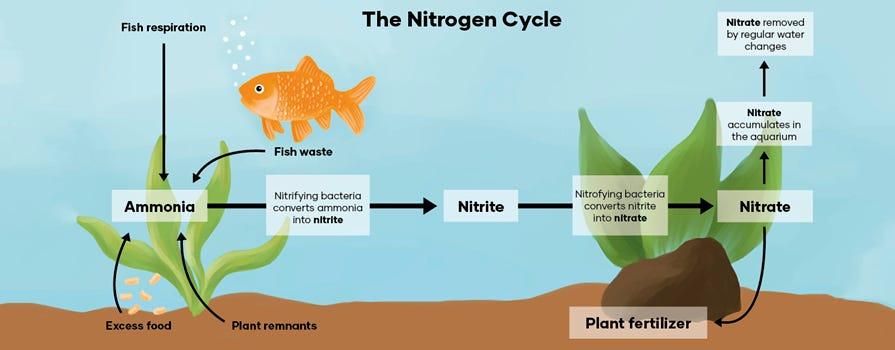
Before adding goldfish to your new tank, you must establish the nitrogen cycle—a biological process where beneficial bacteria convert toxic ammonia to less harmful nitrates. This process typically takes 4-6 weeks and involves:
Setting up your tank with a filter and substrate
Adding an ammonia source (fish food or pure ammonia)
Testing water regularly to monitor ammonia, nitrite, and nitrate levels
Waiting until ammonia and nitrite read 0 ppm and nitrates are present
Performing a water change before adding fish
Skipping this step is a common reason for goldfish illness and death. Patience during cycling will reward you with healthy fish in the long run.
Goldfish Nutrition: Beyond Basic Flakes
Goldfish are omnivores that benefit from a varied diet. A proper feeding regimen includes:
Core Diet Components
High-quality sinking pellets specifically formulated for goldfish (floating foods can cause swim bladder issues)
Gel food (homemade or commercial)
Fresh vegetables like peas (shelled), spinach, and zucchini
Supplemental Foods
Frozen foods like bloodworms, brine shrimp, and daphnia
Live foods (occasionally) like blackworms or brine shrimp
Freeze-dried options as occasional treats
Feeding Guidelines
Feed small amounts 2-3 times daily rather than one large feeding
Only offer what your fish can consume in 2-3 minutes
Fast your goldfish for 24 hours once a week to help prevent digestive issues
Remove uneaten food promptly to maintain water quality
Remember that overfeeding is more dangerous than underfeeding and contributes to poor water quality and health problems.
Regular Maintenance for Pristine Water
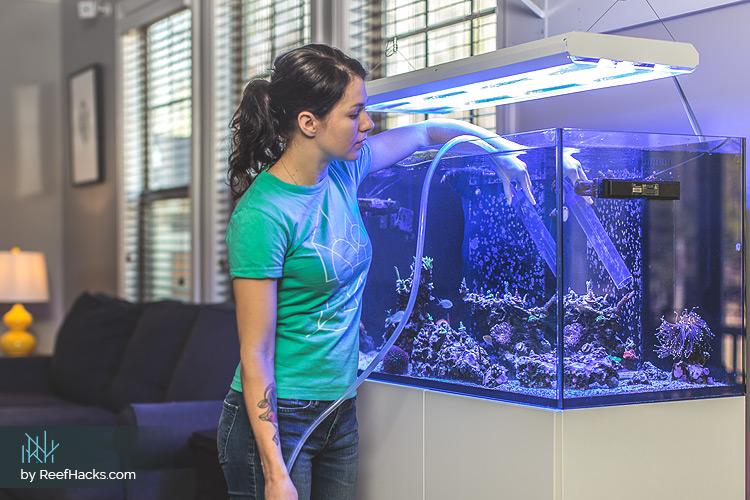
Consistent maintenance is crucial for goldfish health:
Weekly Tasks
Test water parameters (ammonia, nitrite, nitrate, pH)
Perform 25-30% water changes
Clean algae from the glass as needed
Rinse the mechanical filter media in the old tank water
Monthly Tasks
Deep gravel vacuuming (if using substrate)
Check and clean the filter impeller
Test water hardness and adjust if needed
Quarterly Tasks
Replace chemical filtration media as needed
Clean filter thoroughly (staggering cleanings if using multiple filters)
Check and clean air stones and diffusers
Never replace all filter media at once, as this removes the beneficial bacteria colony your tank depends on.
Common Health Issues and Prevention
Goldfish are relatively hardy but can experience several common health problems:
Ich (White Spot Disease)
Tiny white spots resembling salt grains appear on the fish's body and fins. Treatment involves raising water temperature (gradually) and medication specifically for ich.
Swim Bladder Disorder
Fish may float sideways or upside down, unable to maintain a normal swimming position. Often caused by poor diet or constipation. Treatment includes fasting for 24-48 hours, followed by feeding shelled peas.
Fin Rot
Fins appear ragged, discolored, or shorter than normal. Caused by poor water quality or injury. Improve water conditions with more frequent water changes and consider antibacterial medication for severe cases.
Prevention Is Key
Maintain excellent water quality through regular testing and water changes
Quarantine new fish for 2-4 weeks before introducing them to your main tank
Provide an appropriate diet and avoid overfeeding
Ensure the tank size is adequate for fish growth
Tank Decor and Substrate Options
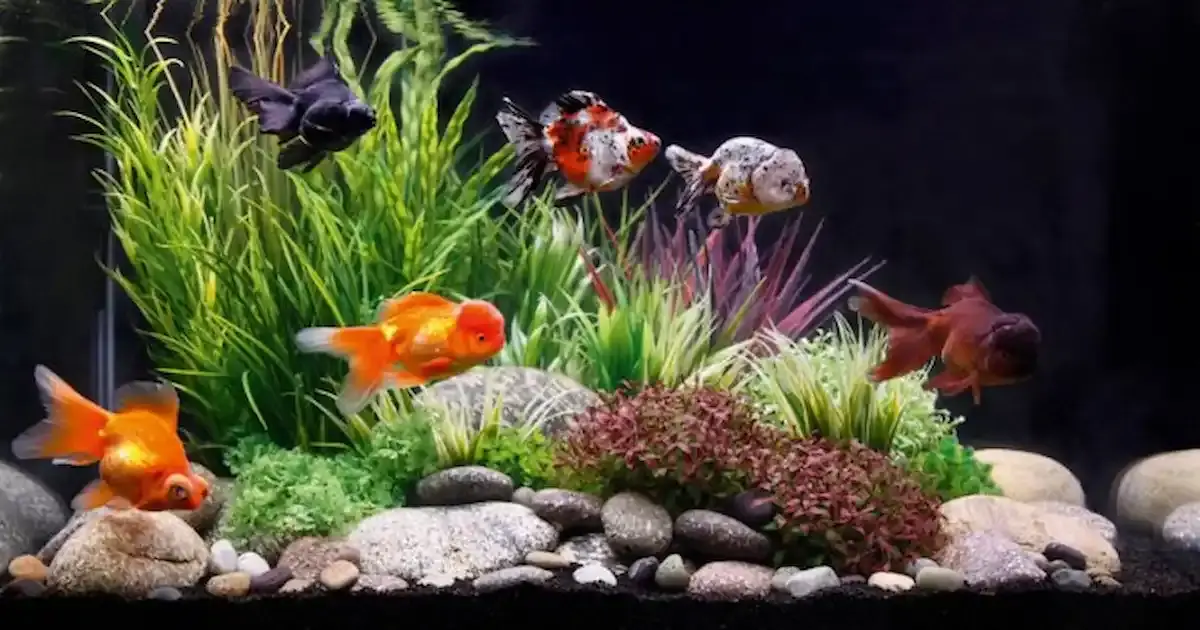 When decorating your goldfish tank, safety and functionality should guide your choices:
When decorating your goldfish tank, safety and functionality should guide your choices:
Substrate Choices
Smooth, rounded gravel (large enough that fish cannot swallow it)
Sand (easier to clean but requires different maintenance techniques)
Bare bottom (easiest to clean, though less natural looking)
Plants and Decorations
Hardy live plants like Anubias, Java Fern, and Amazon Sword
Silk plants (avoid plastic with sharp edges)
Smooth decorations without small holes where fish could become stuck
Avoid sharp decorations that could injure flowing fins of fancy varieties
Creating Safe Spaces
Include caves or PVC pipe structures for hiding
Position decorations to break sight lines and create distinct areas
Leave plenty of open swimming space
Conclusion: Commitment to Quality Care
Goldfish can be wonderful pets that provide years of enjoyment when given proper care. Though they require more maintenance than many people expect, the reward of watching these intelligent, personable fish thrive makes the effort worthwhile. By providing adequate space, filtration, nutrition, and maintenance, you'll be setting the stage for a healthy, active goldfish that may become your companion for a decade or more.
Remember that goldfish keeping is both a science and an art—while following these guidelines will put you on the right path, also take time to observe your individual fish and adjust your care to their specific needs. Happy goldfish keeping!
FAQs About Goldfish Care

Q: Can goldfish live with other fish species? Goldfish are best kept with other goldfish or cool-water species with similar care requirements. They shouldn't be mixed with tropical fish or aggressive species.
Q: How can I tell if my goldfish is male or female? Males typically develop breeding tubercles (white spots) on their gill covers and pectoral fins during breeding season. Females generally have rounder bodies and may appear fuller during breeding time.
Q: Do goldfish need an air pump? While not always necessary if your filter creates sufficient surface agitation, an air pump provides additional oxygen and water movement that benefits goldfish, who require oxygen-rich environments.
Q: How often should I clean my goldfish tank? Perform 25-30% water changes weekly, with deeper cleaning of substrate monthly. Never completely break down your tank or wash filter media in tap water.
Q: My goldfish is getting bigger—when should I upgrade the tank? It's best to start with an appropriately sized tank, but if your fish is outgrowing its current home, upgrade when it reaches about half the adult size for its variety.






 When decorating your goldfish tank, safety and functionality should guide your choices:
When decorating your goldfish tank, safety and functionality should guide your choices:




